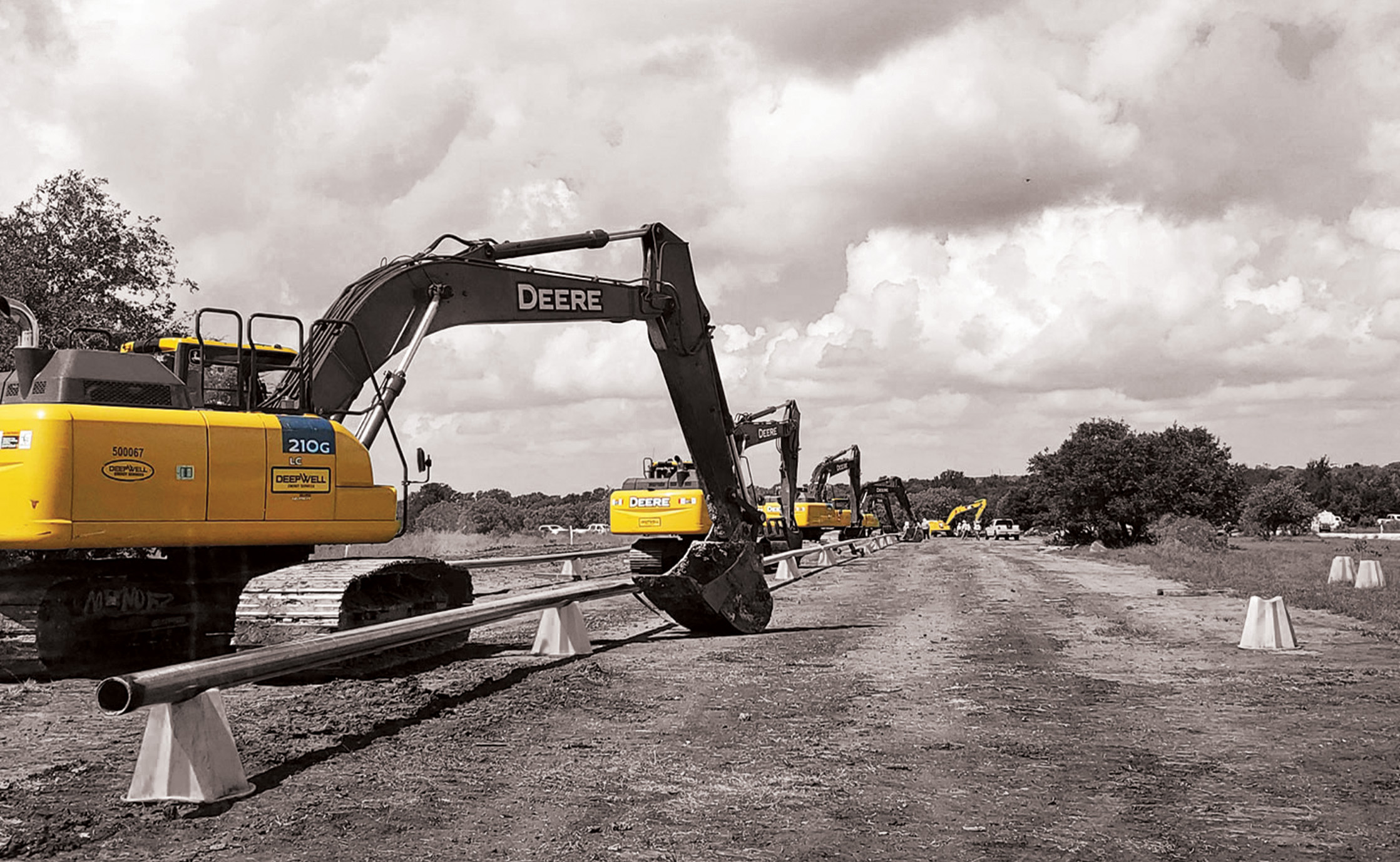Everything About Oil Field Equipment and Pipeline Equipment: Key Insights and Important Details
Oil field equipment and pipeline systems play a crucial function in the oil and gas sector. They are vital for the reliable removal and transport of hydrocarbons. Trick components, such as drilling rigs and storage space tanks, directly impact functional success. Developments in innovation guarantee to boost security and effectiveness. Recognizing these aspects is essential for any individual entailed in or interested in this intricate market, as it sets the phase for deeper exploration of market practices.

Summary of Oil Field Equipment
As the need for oil remains to grow, recognizing the tools utilized in oil areas becomes progressively necessary. Oil field equipment incorporates a large range of machinery and devices essential for expedition, extraction, and processing. Secret parts include drilling rigs, which are vital for reaching oil storage tanks, and production tools, such as separators and pumps, that facilitate the extraction process. Superior Oilfield Rentals Texas. Furthermore, storage containers play a substantial function in holding petroleum prior to transport. Safety tools, including blowout preventers and stress gauges, assures operational security and efficiency. Each item of equipment functions cohesively to maximize manufacturing and preserve efficient process. Familiarity with this equipment is very important for specialists in the industry to guarantee effective procedures and adherence to safety requirements
Kinds Of Drilling Rigs and Their Applications
Drilling rigs work as the backbone of oil extraction procedures, with different kinds designed for particular geological conditions and functional requirements. One of the most usual types consist of rotating exploration rigs, which utilize a revolving drill bit to permeate the earth, and cord tool rigs, known for their percussion boring method. For overseas operations, jack-up rigs and semi-submersible rigs give security and assistance in aquatic settings. Furthermore, directional exploration rigs make it possible for operators to pierce at angles, getting to deposits that are not vertically available. Each gear type has unique benefits, optimizing effectiveness and security based on the drilling setting. Picking the appropriate gear is essential for making best use of source removal while reducing ecological influence and operational costs.

Vital Pipeline Equipment and Their Features
Pipeline infrastructure is necessary for the transportation of oil and gas from removal websites to refining centers and end-users. Numerous crucial equipment components facilitate this process. Pipelines themselves work as the primary channels, made to stand up to high pressure and corrosive substances. Pump stations are essential for keeping circulation by boosting stress along the pipeline. Shutoffs play a crucial function in regulating circulation and separating sections for upkeep. Furthermore, installations and connectors ensure safe joints in between pipe areas. Monitoring systems, including circulation meters and pressure sensing units, are essential for spotting leakages and optimizing flow prices. Finally, pigging tools is employed for upkeep and cleansing, guarding pipeline integrity and efficiency. Together, these elements form the foundation of a reliable pipeline system.
Innovations and Technologies in Oil and Gas Equipment

Safety and Upkeep Practices in the Oil Sector
While the oil sector has actually made considerable strides in innovation and effectiveness, the value of robust safety and upkeep methods can not be overemphasized. Efficient security procedures are vital to shield workers and the environment, reducing the danger of crashes and spills. Regular assessments and maintenance of devices assistance identify potential concerns before they escalate, ensuring operational honesty. Training programs for workers are important, highlighting the importance of security understanding and emergency situation action procedures. In addition, adherence to market guidelines and criteria promotes a culture of safety and security. Carrying out advanced surveillance modern technologies can even more improve upkeep techniques, permitting real-time evaluations of equipment problems. Ultimately, focusing on safety and security and upkeep is integral to the sustainability and success of the oil industry.
Regularly Asked Inquiries
What Are the Ecological Influences of Oil Field Equipment?
The environmental influences of oil field equipment include habitat destruction, water contamination, and air contamination (Superior Rentals reviews). Furthermore, devices malfunction can result in spills, detrimentally impacting wildlife and ecosystems, highlighting the need for stringent regulations and surveillance
How Is Oil Field Equipment Delivered to Remote Locations?
Transferring oil field equipment to remote locations often includes specific cars, helicopters, or barges. Logistics firms coordinate routes, making certain tools shows up safely and effectively, thinking about terrain and availability to lessen hold-ups and take full advantage of productivity.
What Governing Requirements Govern Oil Field Equipment?
Regulative standards regulating oil field equipment mainly consist of security, ecological defense, and operational performance standards. Agencies such as OSHA and EPA apply these laws to guarantee risk-free practices and minimize ecological effect in oil extraction procedures.
What Skills Are Needed to Operate Oil Field Machinery?

Exactly How Do Oil Rates Impact Equipment Need and Usage?
Oil costs considerably influence tools need and use. Greater costs commonly cause raised exploration and production tasks, driving demand for machinery. Conversely, lower prices might result in reduced procedures and lowered demand for equipment.